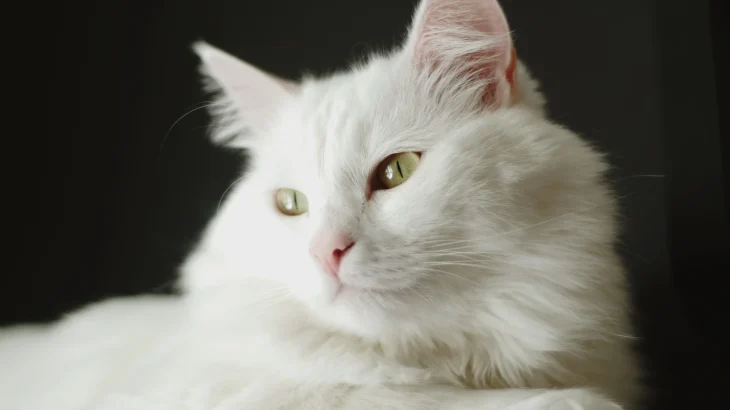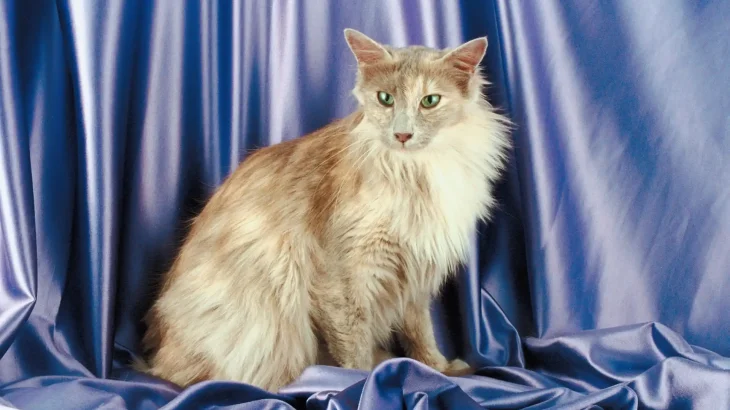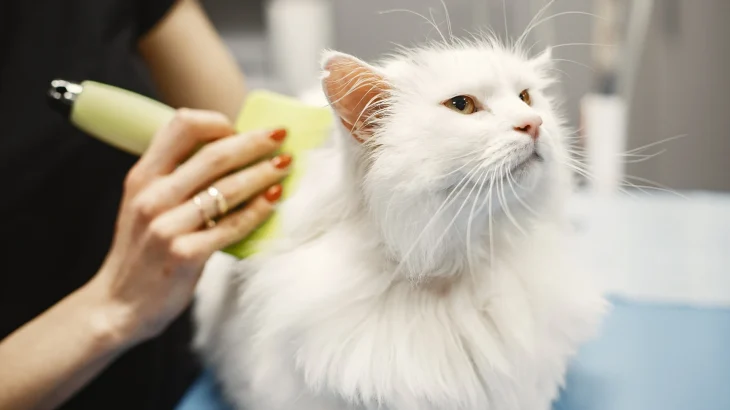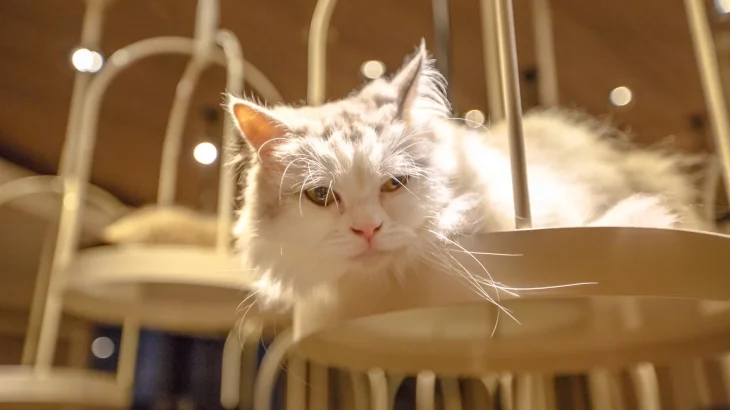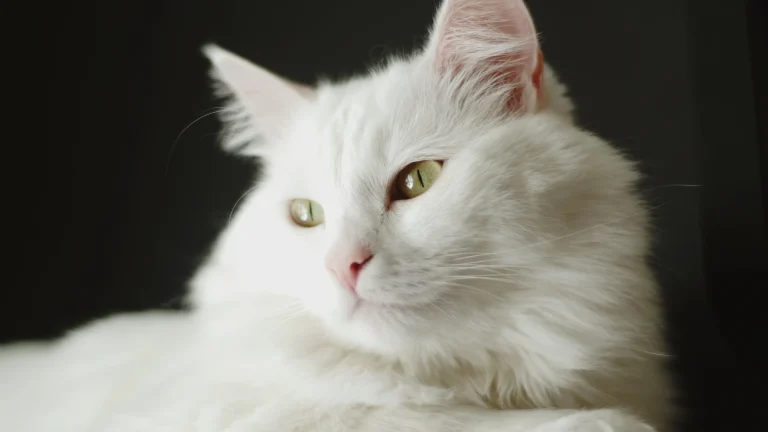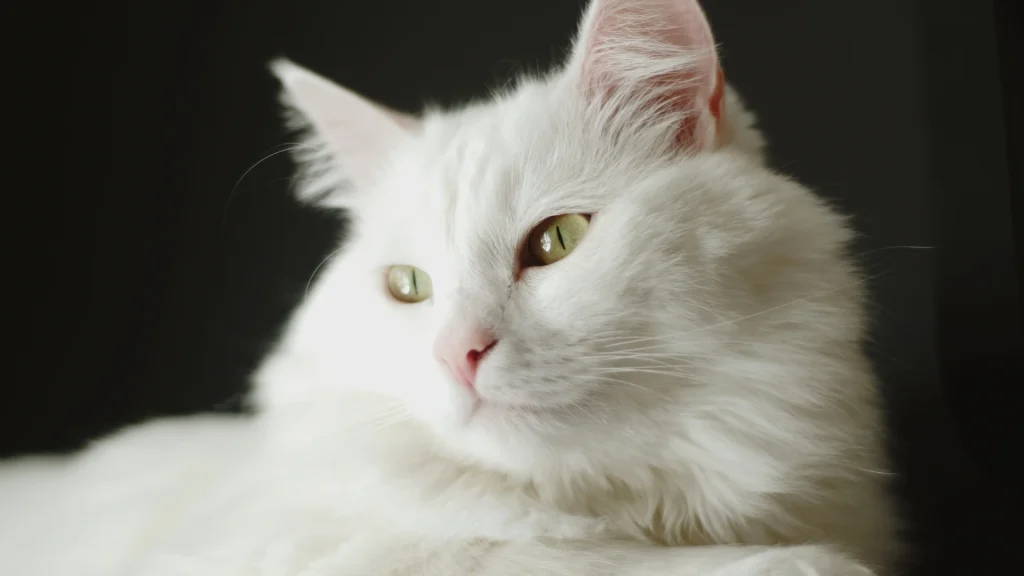Choosing whether to adopt or buy a German Angora kitten involves weighing the predictability of the cat's background against the opportunity to provide a home to a cat in need. Purchasing from a breeder usually ensures detailed lineage and health information, while adoption might come with less certainty but supports animal welfare efforts.
Adoption vs. Breeder: Pros & Cons
| Criteria | Buying from Breeder | Adopting from Shelter/Rescue |
|---|---|---|
| Cost | Generally higher, reflecting purebred status and care (can vary). | Lower fees, often including initial medical care like vaccinations. |
| Health History | Usually detailed with genetic screenings and vet records provided. | May be incomplete or unknown, though basic health checks are typical. |
| Age Availability | Mostly young kittens, allowing early bonding. | Varied ages available, including adults and seniors. |
| Temperament Insight | Lineage-based traits often known. | Behavioral notes based on shelter observations. |
| Supporting Practices | Supports registered breeding programs; ethical breeders are important. | Helps provide homes for cats in need, supporting rescue efforts. |
| Breed Purity & Pedigree | Guaranteed pedigree and breed standard. | Breed background may be unknown or mixed. |

